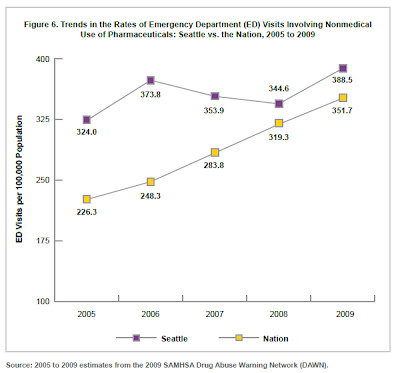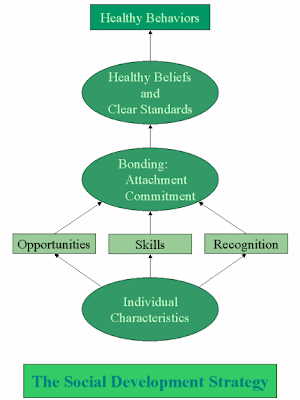A
Prevention WINS coalition member from
Sound Mental Health who works in schools wrote the following article for parents of high school students.
Signs of possible drug abuseBelow is a list of possible signs that your son or daughter may be abusing drugs. It is common for adolescents to show mood swings, and impulsive behaviors especially when they are in distress. So it is important not to assume that their behavior is due to alcohol or drug use. It is important to address the issues to figure out the underlying issues. Have a discussion with your adolescent about your concerns. It is also recommended that you make an appointment with your family doctor or mental health professional to rule out possible illness or conditions. From their referrals can be made to chemical dependency professional for further assessment and treatments.
PHYSICAL SIGNS
Nausea, vomiting, or excessive sweating.
Cold, sweaty palms, Shaky hands.
He/she has blood shot eyes, or their nose is runny despite a cold
Increase/or decrease in sleep patterns
Needle marks on arms or legs.
Changes in eating habits, unexplained weight loss or gain,
Hyperactivity
Smell of substance or breath
BEHAVIORAL SIGNS
He/she’s grades have gone down, and school attendance is irregular.
He/she is uncooperative and or disrespectful to family members and other adults.
He/she has lost interest in previously enjoyed activities.
He/she is breaking curfews.
He/she has an increase in having a difficult time concentrating.
Increase secrecy about possessions or activities.
He/she changes friends
Evidence of inhalant use (such as aerosols, hairspray, correction fluid, gas, and other common household cleaners).
He/she is borrowing/needing more money than usual.
Missing prescription drugs
Presence of pipes, rolling papers, cans (used to make pipes), and lighters.





















